The vast Jao Concession consists of 60 000 hectares (150 000 acres) and lies in the north-western area of the Okavango Delta, situated just below the Okavango Panhandle. The Moremi Game Reserve forms the eastern boundary of the Concession.
The Jao Concession is found in the heart of the wetlands of the Okavango Delta. Here vegetation changes from permanent swamps to dry land and you will be immersed in the full variety of the mystery and magic of Botswana’s landscape.
The Jao Flats are situated in the east of the Jao Concession and boast water channels that navigate the attractive, untouched papyrus and reed beds: these provide the perfect environment for wildlife. You will also see many delightful lush palm islands which scatter the water.
As you travel west, the Jao Flats becomes dryer. Hunda Island is the tip of a large ‘sand tongue’ and during the inundation of July to September it forms the largest area of dry land in the Jao Concession. Hunda Island has sandveld vegetation supporting many species of nutritious acacia and grewia shrubs; wildlife is attracted to this excellent browsing.


Wildlife & Birding
Around the Jao Flats, spectacular herds of red lechwe are followed by their predators – lion and leopard. Hippo and Nile crocodile are regularly sighted. Other game includes blue wildebeest, impala, tsessebe, southern giraffe, elephant, hippo and crocodile, spotted-necked otter and even the occasional sitatunga. The drier west is home to similar species, but visitors are likely to view greater concentrations of Burchell’s zebra and blue wildebeest.
Birding is exceptional in the Jao Concession: vulnerable wattled crane, slaty egret, rosy-throated longclaw, Pel’s fishing-owl, and lesser jacana are found on the eastern side, with the western drier areas hosting crimson-breasted shrike, Dickinson’s kestrel and Meyer’s parrot. Other exciting species in Jao include swamp nightjar and brown firefinch.
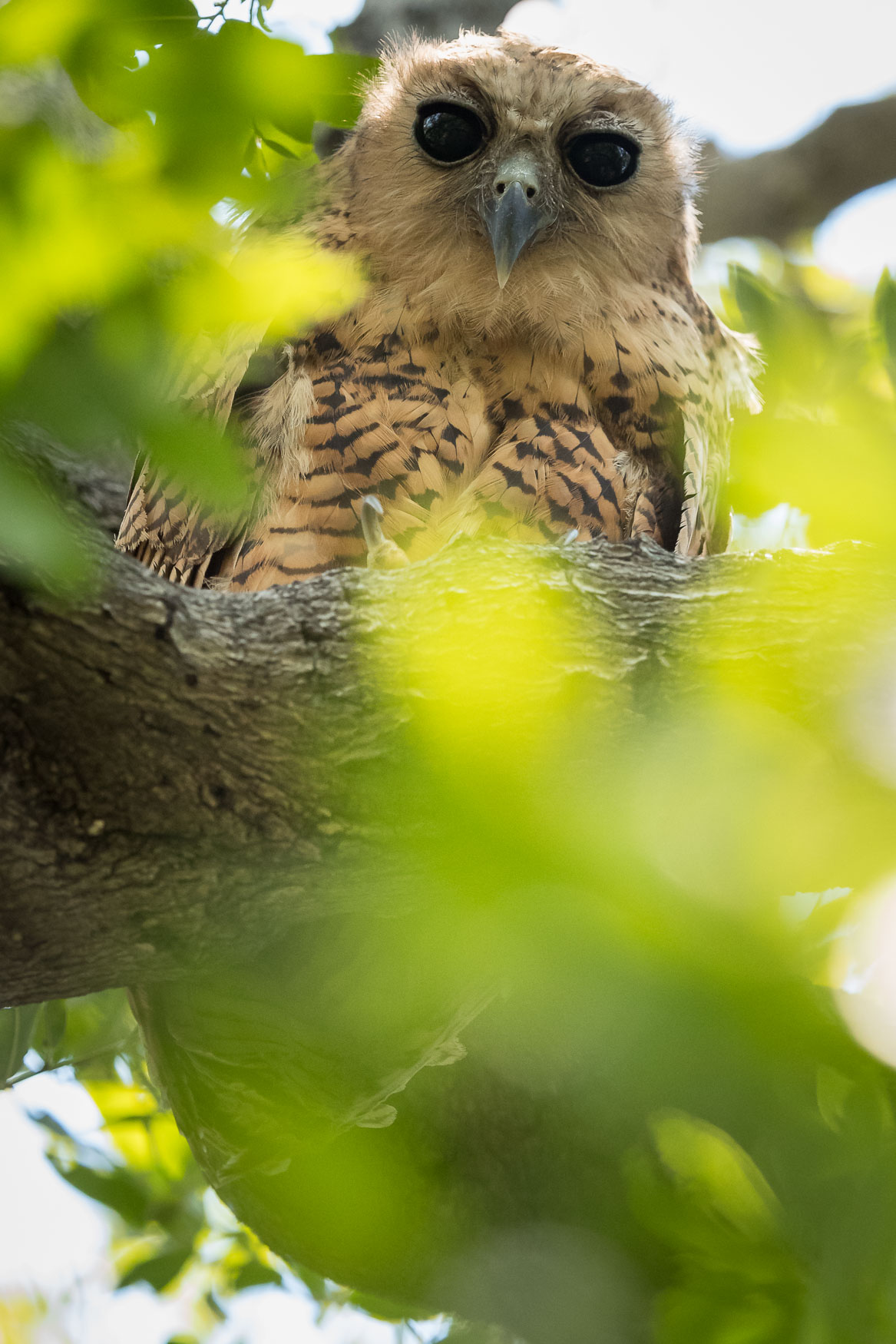
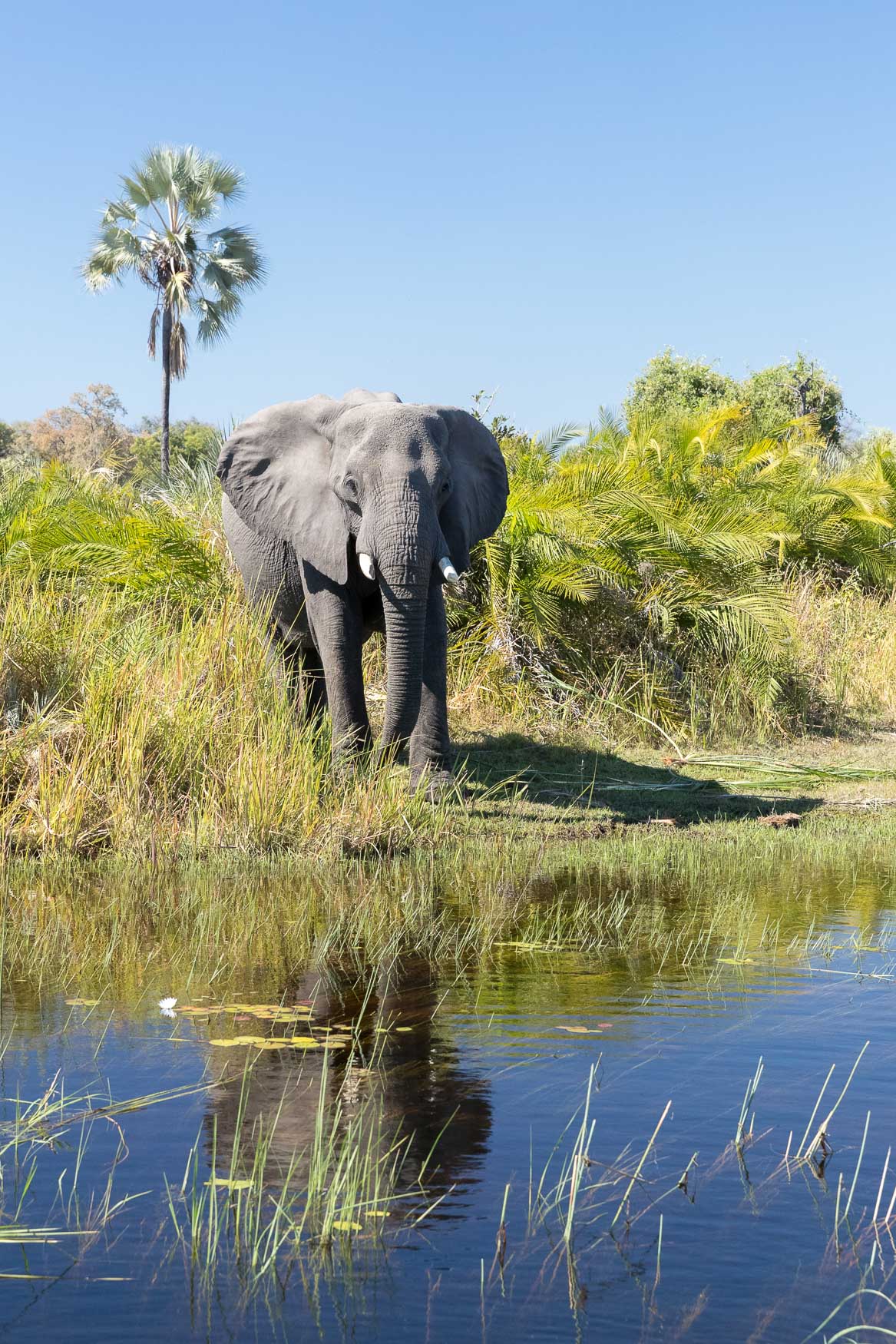
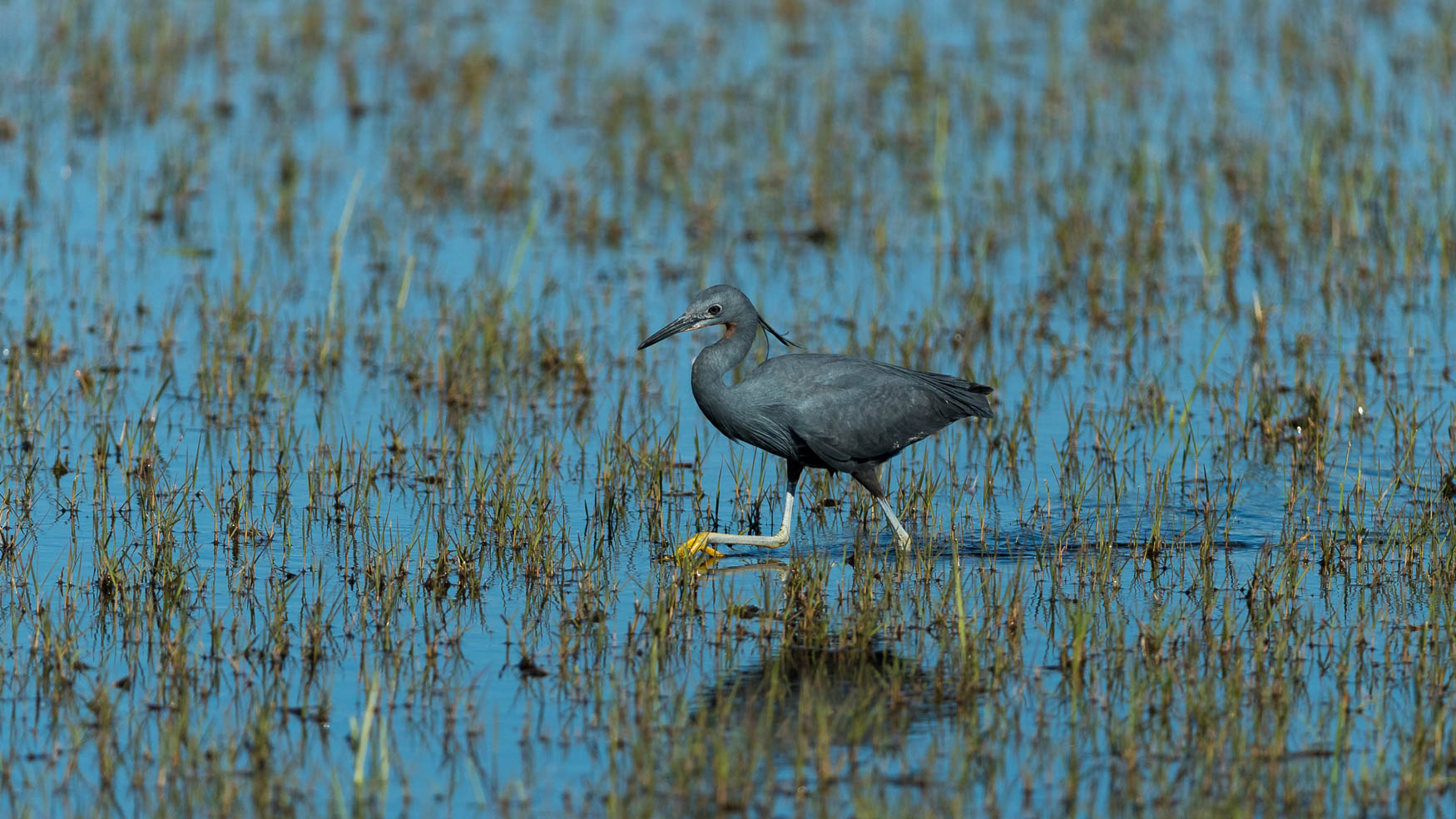
Vegetation & Habitat Types
Reeds and acquatic grasses give the Jao concession its watery, paradisiacal palm island character that many people think of as classic Okavango Delta. Bulrushes stand tall above the water with their brown velvet seedpods and spike an iconic sight. Of course there are thick stands of papyrus with their fan shaped heads. Hippo grass covers the plains. Water lettuce waves in the currents below the crystal clear waters. There are plenty of islands of wild date palms (phoenix reclinate). Magic gwarri is a small bush whose wood has magical powers according to local beliefs. Some drier areas have Kalahari appleleaf and also the ‘toothbrush bush’ or Kalahari star apple and also various vachellia (previously known as acacia).
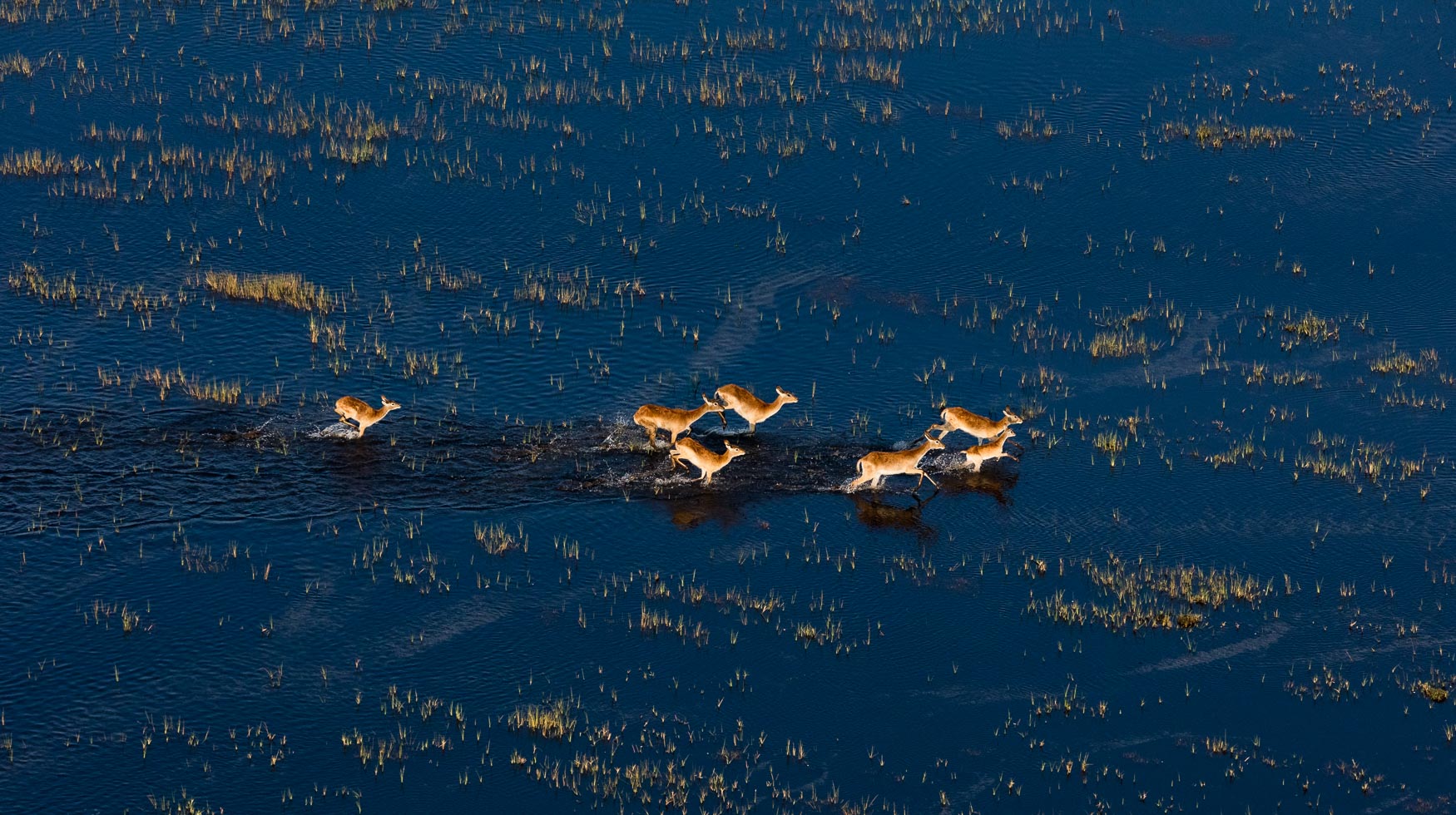
When to Visit & Activities on Offer
Dry season (June to October) game viewing is best here as densities of game increase. Elephants and buffalo will be seen as the dry season progresses. This is an area of permanent water so there are no seasonal restrictions on those experiences. However, rates are significantly lower in the summer months and there is still an excellent game experience in these months with April, May and November providing excellent game viewing and value for money.
Activities on offer in the Jao Concession include:
- Mokoro Excursions: Glide seamlessly along the waterways of Pelo in a mokoro (a traditional dugout canoe) and take in the abundance of water-loving wildlife and birds.
- Boating: Trips in a 12-seater boat allow for good wildlife viewing in the channels of the Delta further away. Lookout for red lechwe and elephant and maybe even catch a glimpse of spotted-necked otter.
- Nature Walks: Take a walk on one of a number of low sandy islands and learn about the River Bushman way of life in this area.
- Fishing: with a limited supply of basic equipment (spinner rods and a small range of lures) is on offer seasonally on a catch-and-release basis.
- Game Drives: Morning and afternoon game drives are offered in open 4x4 Land Rovers each accommodating a maximum of seven people allowing each guest a window seat.
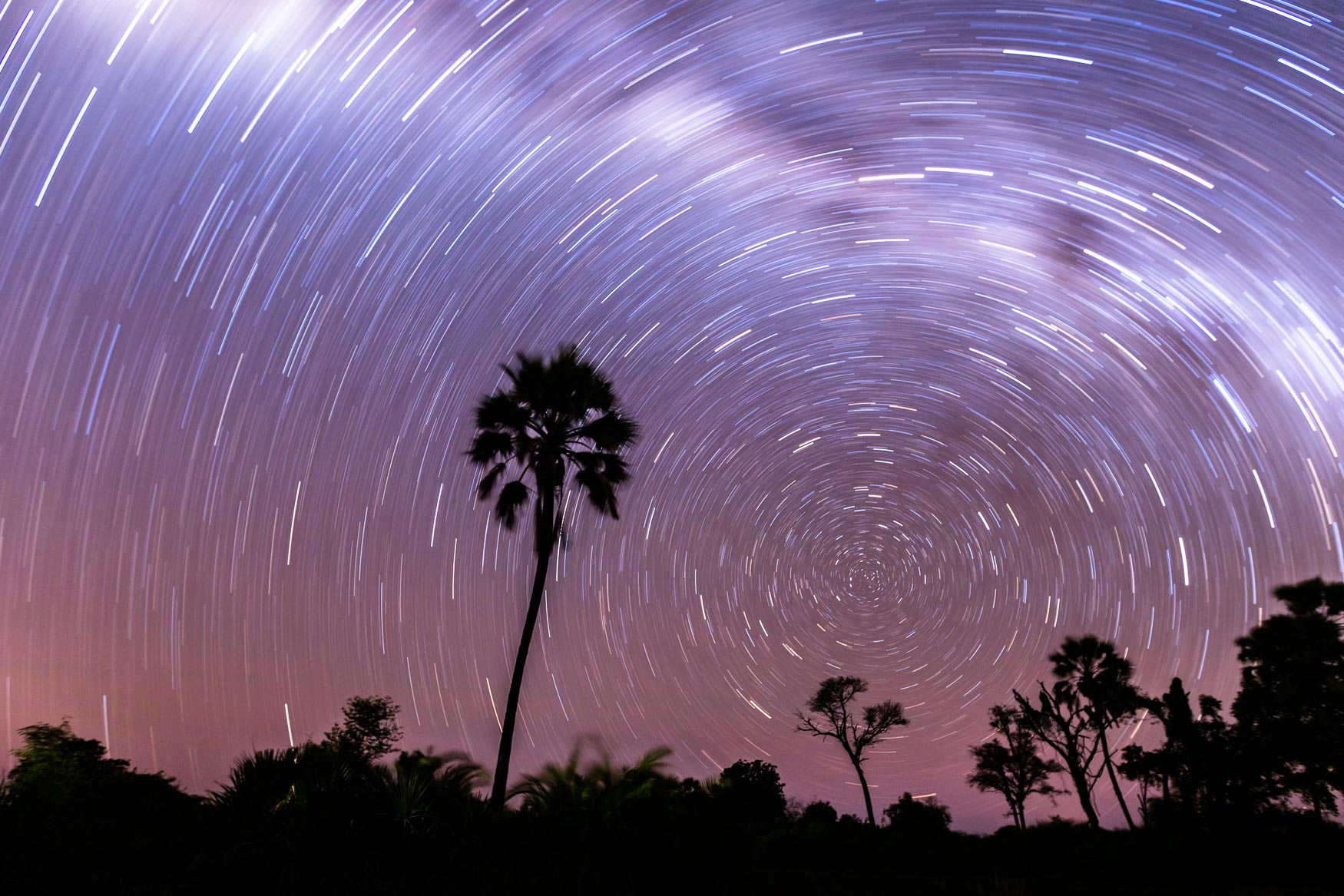
Where to Stay
Pelo Camp
This intimate camp’s five spacious tents look out over the surrounding water. The main area comprises a tented dining area and lounge situated under impressive wild date palms, jackalberry and Natal mahogany trees. There is also a raised viewing platform built onto an old anthill.
Kwetsani Camp
Five luxurious “tree house” tents are elevated so as to take in the view. The main area includes a dining room and lounge area situated under a cool thatched roof, and leads onto an expansive wooden deck that looks out over an enormous floodplain often dotted with plains game. A plunge pool is the perfect spot to relax or watch the animals below.
Jacana Camp
Five tents are built on raised wooden decks, all with beautiful views over the water. The main area is set on an elevated wooden deck nestled between two enormous sycamore trees, surrounded by dense wild date palms, with a large viewing deck and open area to sit around the fire.
Jao Camp
Jao has five luxurious suites and two ultra-luxe villas, each individually handcrafted and with an open-plan design, vintage-style fittings and a sala for afternoon siestas. A romantic Star Bed is a seasonal option when water levels permit. An elaborate two-storey main area also includes a plunge pool, library, gym and boma for dining under the stars, complemented by an excellent wine cellar. The spa has a wide range of massage therapies.
Plan A Custom Tour to Botswana
Whilst there are many great examples of travel itineraries which generally combine the most popular attractions in a region, there will never be a package which has the ideal duration, combination of destinations or price that suits everyone. We will work with you to customize everything from the price and level of accommodation, to the destination and areas to visit in order to maximize the potential to see and experience as much as possible.
